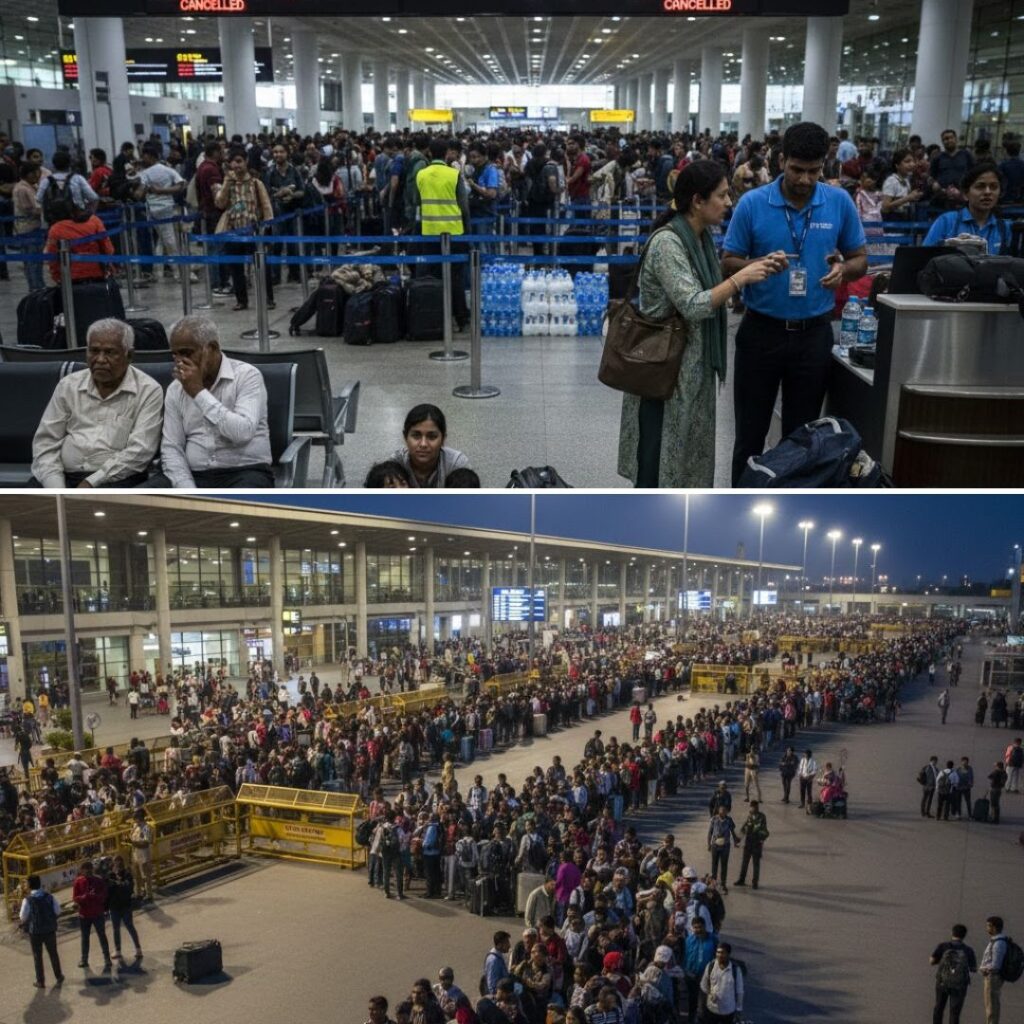Amid the lockdown announced by the government to contain the spread of COVID-19, nature has begun to flourish. Among the inadvertent benefits of the lockdown in the air quality in most Indian cities falling into the categories of ‘good’ and ‘satisfactory’.
With most vehicles keeping off the roads and several industrial units temporarily shutting down, metro cities are witnessing a substantial improvement in air quality. In the national capital, almost all 36 functioning air monitoring stations have reported a significant drop in air pollution levels.
In one of Delhi’s busiest crossroads, ITO, the air monitoring station reported a PM2.5 (particulate matter below the size of 2.5 microns) level of 50 micrograms per cubic metre (ug/m3) on Thursday, March 26. The value was 125 ug/m3 on March 20.
The unit that monitors Mathura Road reported PM2.5 levels dropping nearly 4-fold to below 25 ug/m3 on Friday, March 27. Two monitoring stations in Mumbai at Bandra and Powai reported PM2.5 levels of 15 and 30 ug/m3 on the same day.
‘The improvement in air quality in the capital is very significant,’ The Hindu quoted Mohan P George, a senior scientist in charge of air quality at Delhi Pollution Control Committee, as saying.
‘We looked at air quality in four metro cities — Delhi, Mumbai, Bengaluru and Kolkata. Before and after the Janta Curfew on March 22, we observed a sharp dip in air pollution levels in these cities,’ said Anumita Roychowdhury, Deputy Director-General of the New Delhi-based NGO Centre for Science and Environment. For over three decades, Anumita has been at the forefront of the clean air campaign.
Following the ‘janata curfew’, air pollution levels dropped 60 per cent in Kolkata, 61 per cent in Mumbai, and 26 per cent in Delhi.
The CSE, in a bid to compare, took the average of three days (March 17-19 and March 20-23) for number crunching, since lockdown was implemented in Mumbai earlier than other three cities. Ever since the country went into a complete lockdown, the air pollution levels have further dropped.
The cities known for their bad air quality have reported ‘good’ air quality index (AQI). The AQI improved in Kanpur to 50 ug/m3, and Bhiwadi in Rajasthan reported one of the best numbers at 44 ug/m3.
In Punjab, cities like Patiala, Ludhiana and Jalandhar too showed drastic improvements. Similarly, Chandigarh reported a total air pollution level of 40 ug/m3.
Besides the drop in pollution levels, the ozone layer, crucial in maintaining a balance of climatic conditions, has begun healing with decreased human activities. The layer, which is also known for keeping ocean currents on their natural course, has been depleting over the years, in turn throwing ocean currents off their usual course.
The ozone layer absorbs the Sun’s ultraviolet radiation from entering the earth’s atmosphere. In the absence of the ozone layer, the ultraviolet radiation will enter the earth’s atmosphere which may lead to skin cancer.
Also Read: With Humans Locked Indoors, Lakhs Of Olive Ridley Turtles Return To Odisha’s Coast












